Software developer Vincit challenges old approaches to management and gives its staff free rein and the responsibility to make their own work decisions.
Software developer Vincit was born when a group of IT professionals had had enough of the conventional workplace formulae and decided to found their own company. In 2007, they did just that, setting up shop in Tampere – completely on their own terms.
Since its inception, Vincit’s business idea has been customised software product development for different sectors, such as healthcare. There is only one goal: employee and customer satisfaction. “We firmly believe that this is also the way to achieve financial success,” says Teemu Uotila, Managing Director of Vincit Helsinki, a subsidiary of Vincit.
Employees make decisions
The central element of Vincit’s operations is its management model, which is based on the total decentralisation of decision-making. Each employee has the right and even the duty to make their own decisions regarding their particular area of responsibility. “Each person makes decisions within their area of expertise, whether it’s coding, sales or marketing. There’s no interference from the top,” says Uotila.
As a counterpoint to this freedom, people must assume responsibility for their decisions. According to Uotila, achieving this balance has worked surprisingly well; for example, company spending has not got out of hand, even though every employee can decide on the hardware they want to use for their work. “The only spending rule we have for our employees is that they make decisions as if they were spending their own money,” says Uotila.
Management models must be constantly developed
The fact that Vincit has no supervisors other than the managing director is a testament to the flatness of the company hierarchy. “A supervisor is a facilitator, whose job is to support and spar with teams and employees.” Uotila also stresses that even a good management model requires constant renewal: “Developing a management model isn’t a one-and-done kind of deal. Processes have to be developed, and these are the things our HR people are thinking about all the time.”
Uotila pays close attention to feedback and suggestions for improvement given by employees. “Just complaining about how something doesn’t work isn’t enough. I always want constructive suggestions on how we could do things even better.”
Recruiting is the biggest challenge
Vincit’s revolutionary management model is reaping rewards. Last year, the company’s turnover rose to EUR 27 million, nearly three times more than that of the previous year. This profitable company is currently making preparations for its listing on the Helsinki Stock Exchange First North market.
In the past year, Vincit has hired just over 100 additional employees, bringing the total number of employees to approximately 220. But Uotila admits that rapid growth brings its own challenges to managing a company, the biggest challenge being finding employees who will fit in to an unconventional company culture: “Freedom and assuming responsibility for your own actions are not for everyone. Someone who has spent the last 10 years working in a structured, hierarchical workplace might have some trouble adjusting to a company like ours.”
According to Uotila, when interviewing prospective employees an emphasis is placed not only on their technical qualifications, but also their compatibility with Vincit’s operating principles. “Sometimes, we have to turn away a good candidate if we feel that they won’t quite fit in with us.”
In addition to Finland, Vincit is expanding its operations to the United States, opening a new location in California’s Silicon Valley this year. Internationalisation is also done on the employees’ terms. “Our people started to express a desire for some foreign postings. We decided, well, why not?”
Best workplace in Europe
Vincit is a typical software industry company, where the carbon footprint of the company’s own operations is small but its carbon handprint, i.e. its positive impact on the environment, is big. “We are indirectly contributing to the prevention of climate change, because the software we develop helps industrial companies in different sectors reduce their emissions.”
Vincit’s non-conformist approaches to management and its emphasis on ensuring the well-being of its employees have attracted a great deal of attention, and the company has accumulated numerous awards from business competitions. For example, Vincit was just nominated the best workplace in Europe by the Great Place to Work Institute’s survey. The company has also been named the best workplace in Finland already three times.
Uotila hopes that Vincit’s example will encourage other companies to come up with new types of management models, which inspire people to innovate and help them find new approaches to doing things. But he believes that the Vincit model cannot really be copied – each organisation must develop models that work specifically for them: “Employees in every organisation want to do their jobs as well as possible and receive recognition for it. This is an opportunity that should absolutely be taken advantage of.”
Text: Matti Remes
What can you do yourself?
Sitra has put together a toolkit for companies (in Finnish only). It covers operational areas that are key to achieving carbon neutrality: strategy, leadership and culture, new business opportunities and carbon efficiency. The toolkit presents companies with information on the benefits of carbon neutrality by offering ideas, models and examples of methods which some companies have already used to come up with successful solutions. You can use these tools to set your business on the road to cleaner solutions and carbon neutrality, thus maintaining your competitiveness.
Download the toolkit (PDF, in Finnish) to your own computer or view it directly on our website. When you open the PDF version in Adobe Acrobat Reader, you will be able to navigate by clicking on the content and sections you want to read more about. You can also move forwards and backwards using the arrow buttons if you wish to read the entire document.

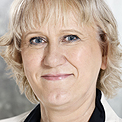

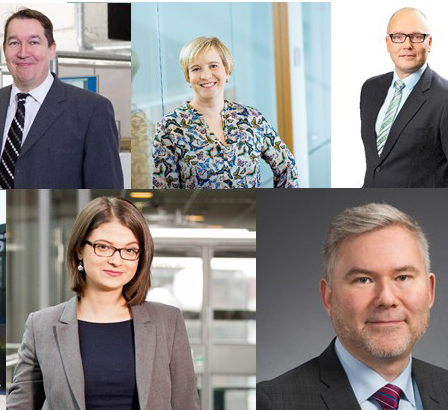

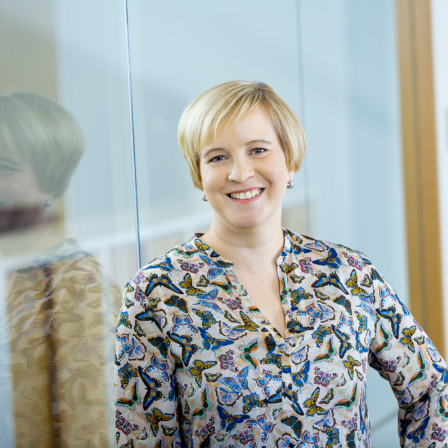
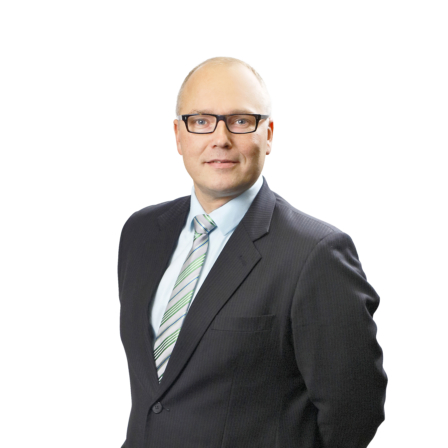

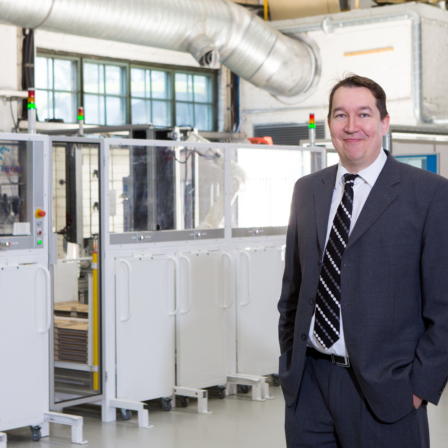


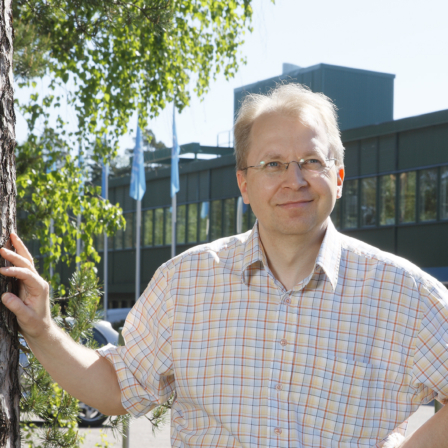

















Recommended